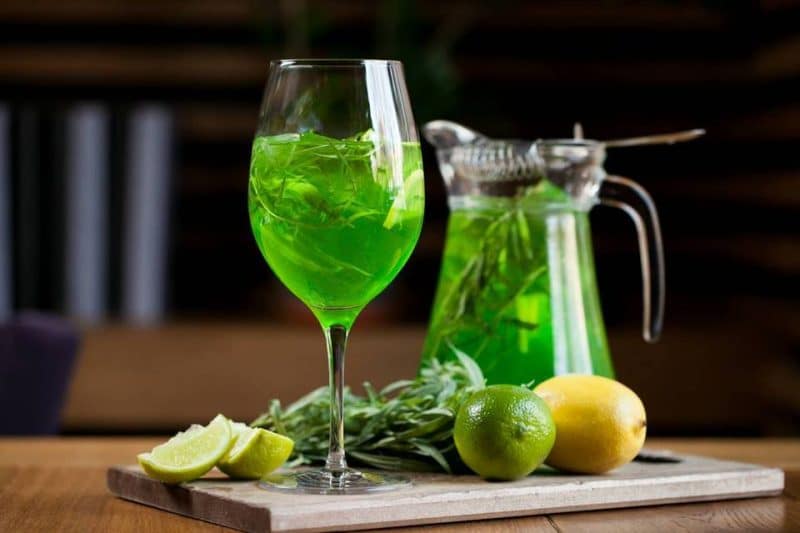Tarkhun (тархун) is a carbonated soft drink made from tarragon leaves. The drink is known for its typically distinctive green color and is especially popular in Russia and the Caucasus.
Tarkhun was first concocted, like most western sodas, by a pharmacist. Mitrofan Lagidze, a Georgian, first mixed carbonated water with his original tarragon syrup in his Kutaisi pharmacy in 1887 as a drink meant to improve digestion and cure stomach ailments. It was also delicious, however, and Lagidze’s drink quickly became a popular local commodity. He soon opened a syrup factory and a trademark which have survived to the present day, called “Воды Лагидзе” or “Lagidze’s Waters.” It entered mass production in the later Soviet era and became popular throughout the USSR. It remains widely enjoyed throughout the former Soviet space today.
Why It’s Called Tarkhun
(Почему носит такое название?)
Tarkhun is the Russian word for tarragon. This was the name that the USSR used in its marketing and thus is today the most widely used for the drink. Very similar names are used for the herb in other languages such as Georgian, Arabic, and Turkic, meaning that the name was easy to adopt. Tarragon is a widespread plant, which can be found in every region of Russia, as well as in North America, Georgia, France, India, and China. Tarragon oil is acquired by using steam to distill the leaves, stems, and flowers of the plant and this may then be made into syrup for the drink. The oil has a distinct flavor and odor reminiscent of licorice and sweet basil. Its distinctiveness and specificity means that most who try the drink either love or hate it.
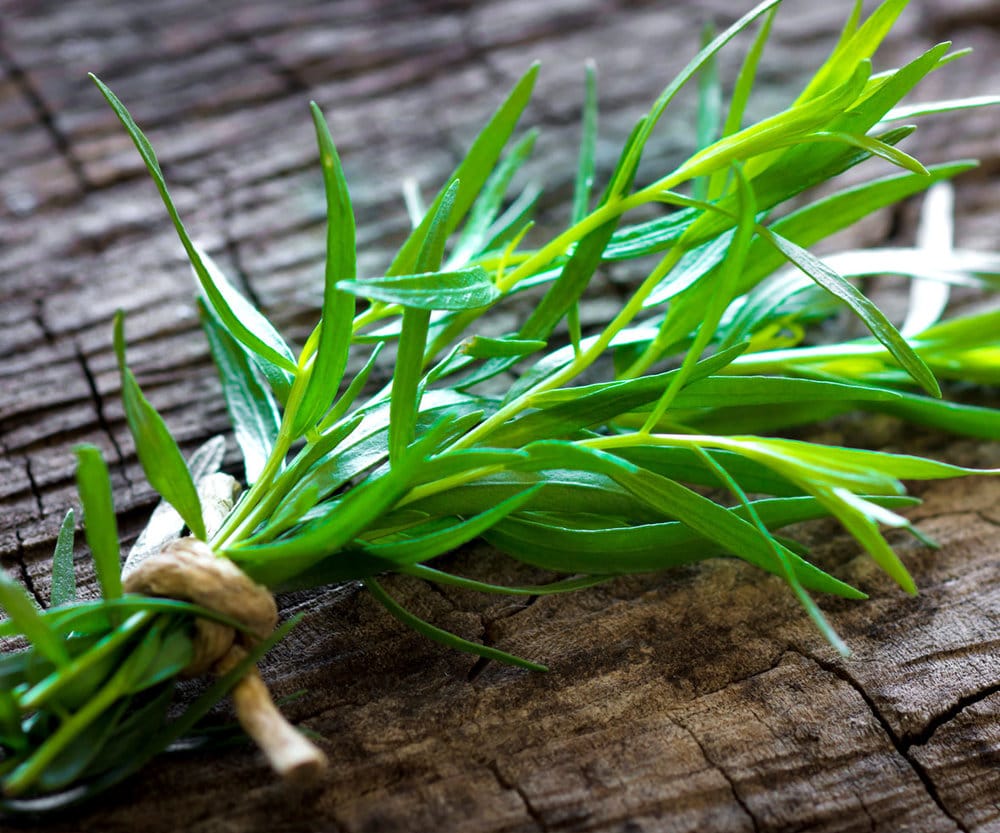
Historically, tarragon has been a traditional medicine to treat poor digestion in many cultures – including those of Europe. Tarragon was used by the ancient Greeks as a toothache medicine as well. The medieval Arab doctor Ibn Biter wrote that the juice squeezed from tarragon improves sleep and supplies a lot of vitamins such as vitamin C and carotene. Many Russian sources also believe that tarragon increases the appetite, helps digestion, and improves sleep.
Tarragon is highly popular in French cooking. The French call the herb “estragon” or “little dragon” (it is sometimes referred to as “estragon” in English and Russian as well). The French sometimes also refer to it as “King of Herbs” as it is the main flavoring in many of the sauces that form the foundation of classic French cuisine, such as Béarnaise, Rigavote, and Tartare. While French tarragon is most commonly used in such recipes, it does not spread and reproduce as easily as Russian tarragon, and must be cultivated for commercial use.
When and How to Drink Tarkhun
(Как правильно пить тархун?)
Tarkhun is a fantastic drink for those sultry Russian summer days. Tarkhun can be found at nearly every grocery store or street kiosk in either plastic or glass bottles (those brands in glass bottles typically being a higher quality). There are three popular bands of tarkhun commonly sold in Russian supermarkets.
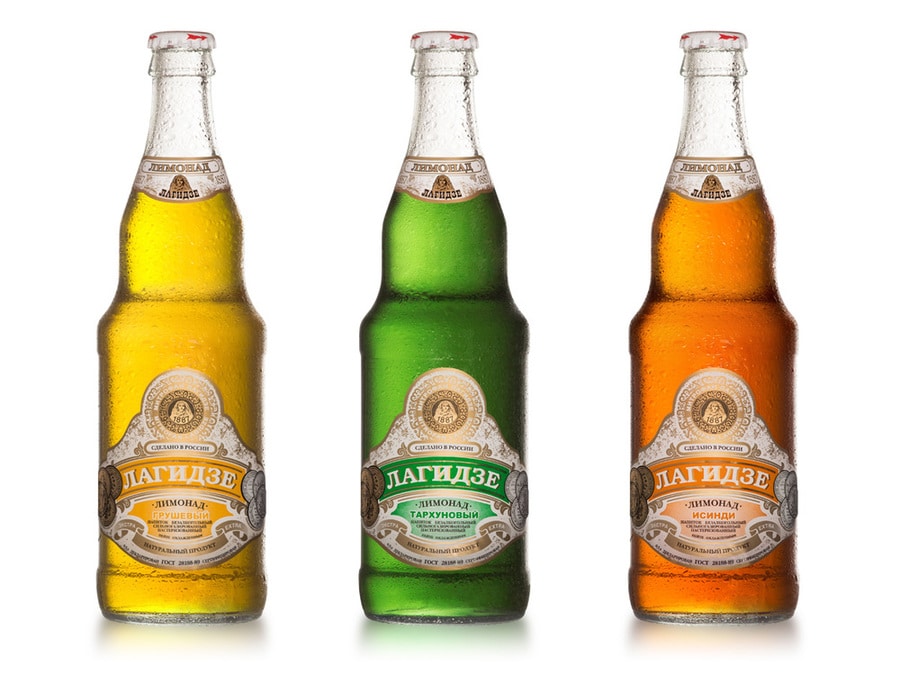
One type of tarkhun is made by the brand Росинка and usually comes in 1-2 liter bottles. Some find that this brand is more pleasing for the American palate, as it is somewhat sweeter and has plenty of carbonation. Of course, it has the typical tarragon flavor, with hints of citrus and licorice common to tarkhun.
Another brand of tarkhun is produced by Останские Напитки. This brand, while still sweet and fizzy, is more fragrant and herbal than Rosinka. There are traces of licorice and vanilla and just the smallest hint of a medicinal quality, reminiscent of a Riccola cough drop.
A third brand of tarkhun comes from Напитки из Черноголовки, which is bottled by the Russian beverage giant ОСТ-Аква. According to some, this blend of тархун tastes strongly herbal, almost to the point of spiciness. It is much more like an old-fashioned tonic drink than a modern day soft drink.
How to Make Tarkhun
(Как правильно готовить тархун?)
There are typically two different ways of making tarkhun. The first involves steeping (soaking) tarragon branches in water, in order to extract the distinctive flavor. It’s best to boil the water first, so that when the sugar is added it dissolves faster. However, make sure to cool the tarkhun before drinking it.
The second variant of tarkhun is made by making a tarragon syrup. This is how brand-name tarkhun is usually made. While more complicated than the first method, it is certainly within the reach of any household. All that is needed to make the syrup is a blender and a stove.
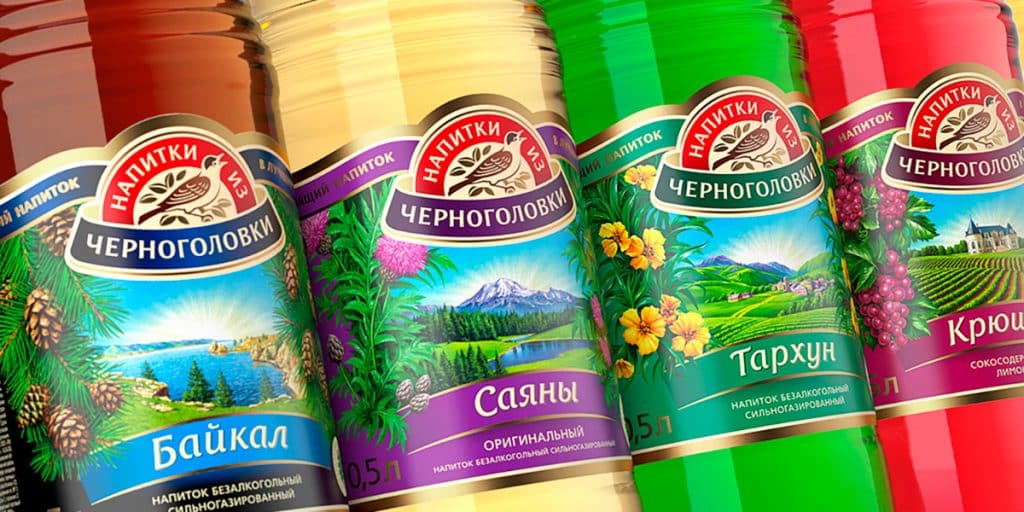
You can make tarkhun using either French or Russian tarragon, although some Russian connoisseurs will tell you that Russian tarragon will be better. French tarragon in the culinary world is often referred to as “true” tarragon and has a smoother, sweeter taste than its Russian counterpart, which is often called “false” tarragon.
There are 2 challenges in making the perfect tarkhun. First, the final product of homemade тархун does not come out with that bright green color for which the drink is so popular. The tarragon branches can give the beverage a yellowish tint. Yet, this can be remedied by adding green food coloring. Likewise, mint, lime rind, or kiwi can be added to the syrup which will make the final beverage a bit greener (although it will also affect the taste).
Another challenge is the clarity of the drink. Chances are the homemade mixtures of tarkhun will contain some tarragon particles, which can be removed by filtering the solution.
Recipes
(Давай приготовим!)
See below for a free recipe for tarkhun. See also the free videos online. If you are interested in cooking from Russia, Ukraine, Georgia, and other places in Eurasia, make sure to see our full, free Eurasian Cookbook online! You might also be interested in the following specialized cookbooks we’ve enjoyed:
 |
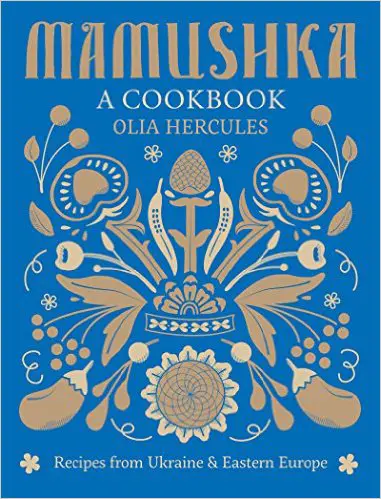 |
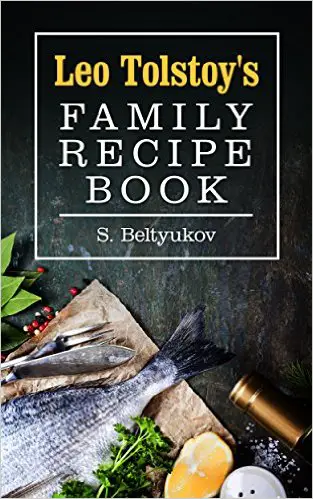 |
 |
| Сироп эстрагона | Tarragon Syrup |
Ингредиенты
Приготовление
Даёт 6 порций. |
Ingredients
Preparation
Yields 6 servings |
| Напиток из тархуна и лайма | Tarkhun and Lime |
Ингредиенты
Приготовление
|
Ingredients
Preparation
|
Our Favorite Tarkhun Videos
Here is a good video on how to easily make a refreshing batch of tarkhun. The video was made by “Pulse Plus,” a Russian website that provides information and advice on healthy living.
In this video, a chef from “Всем вкусно” (Tasty for All) shows viewers how to make fresh lemonade out of kiwi and tarragon. “Всем вкусно” is a sponsored site – this particular video is sponsored by a brand of kitchen cleaner called “CIF.”
Lastly, while commercials for tarkhun and other traditional drinks in Russia are rarely seen (with the occasional exception of kvass), this commercial shows a few drinks from the tarkhun manufacturer “Напитки из Черноголовки“. Although this commercial does not show the tarkhun they make, it does emphasise the reason that Russians buy products from this company: for the natural refreshment!
You Might Also Like
Georgian holidays strongly reflect the country’s unique traditions and its demographics. First, as more than 80% of Georgians identify with the Georgian Orthodox Church, the strong influence of the church can be felt in the preponderance of Orthodox holidays. Georgia also has several holidays celebrating its statehood and independence, which have been hard-won. We can […] What shapes Georgian national identity? The answer is complex and personal, but one key element is the Georgian national narrative. This includes the heroes and pivotal events taught in schools, the places central to the nation’s collective memory, and the language and beliefs that frame its worldview. A national narrative goes beyond history: it is […] The Talking Phrasebook Series presents useful phrases and words in side-by-side translation and with audio files specifically geared to help students work on listening skills and pronunciation. Each entry below, divided by category, features an English word or phrase in the left column and its Georgian translation in the right. The Georgian is presented in […] Fruit leather is simple, ancient food. Like bread and roasted meat, it likely independently evolved in several places. At its most basic, it is simply mashed fruit smeared to a sheet and left to dry in the sun. The result is a flavor-intensive food that travels well and can keep for months. The oldest known […] This guide to travel in Georgia is tailored for Jewish-American university students preparing to study abroad in Georgia. We navigate the historical depth and modern vibrancy of Jewish life in this culturally rich country. Discover key historical sites, engage with local Jewish communities, and find practical tips on maintaining kosher practices and observing Shabbat while […]
Georgian Holidays 2026: A Complete Guide
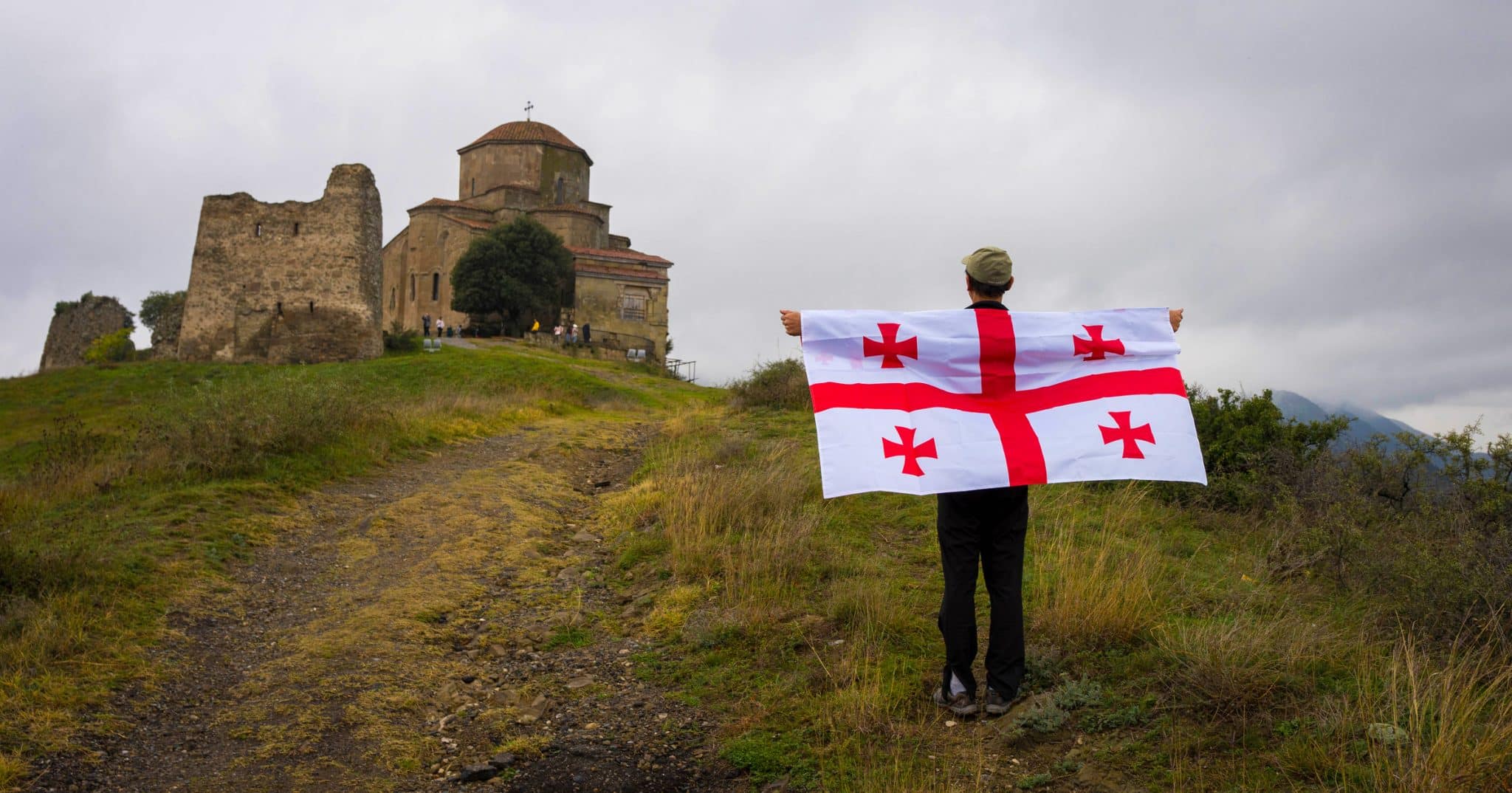
Georgia’s Story of Identity: Heroes, Memory, and Meaning

The Talking Georgian Phrasebook
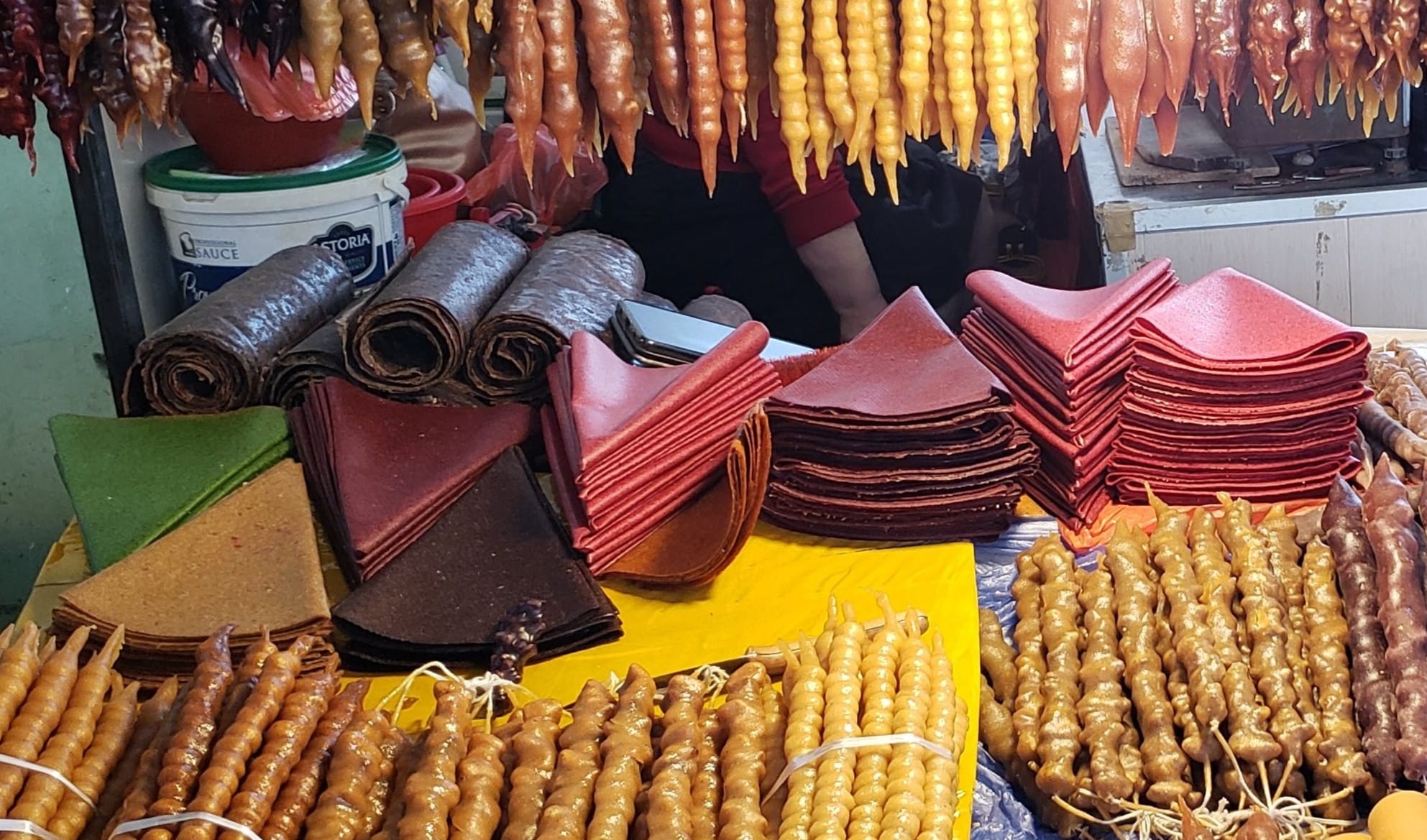
Tklapi, Pastegh, Lavashak: One Ingredient Fruit Leather from the Caucasus
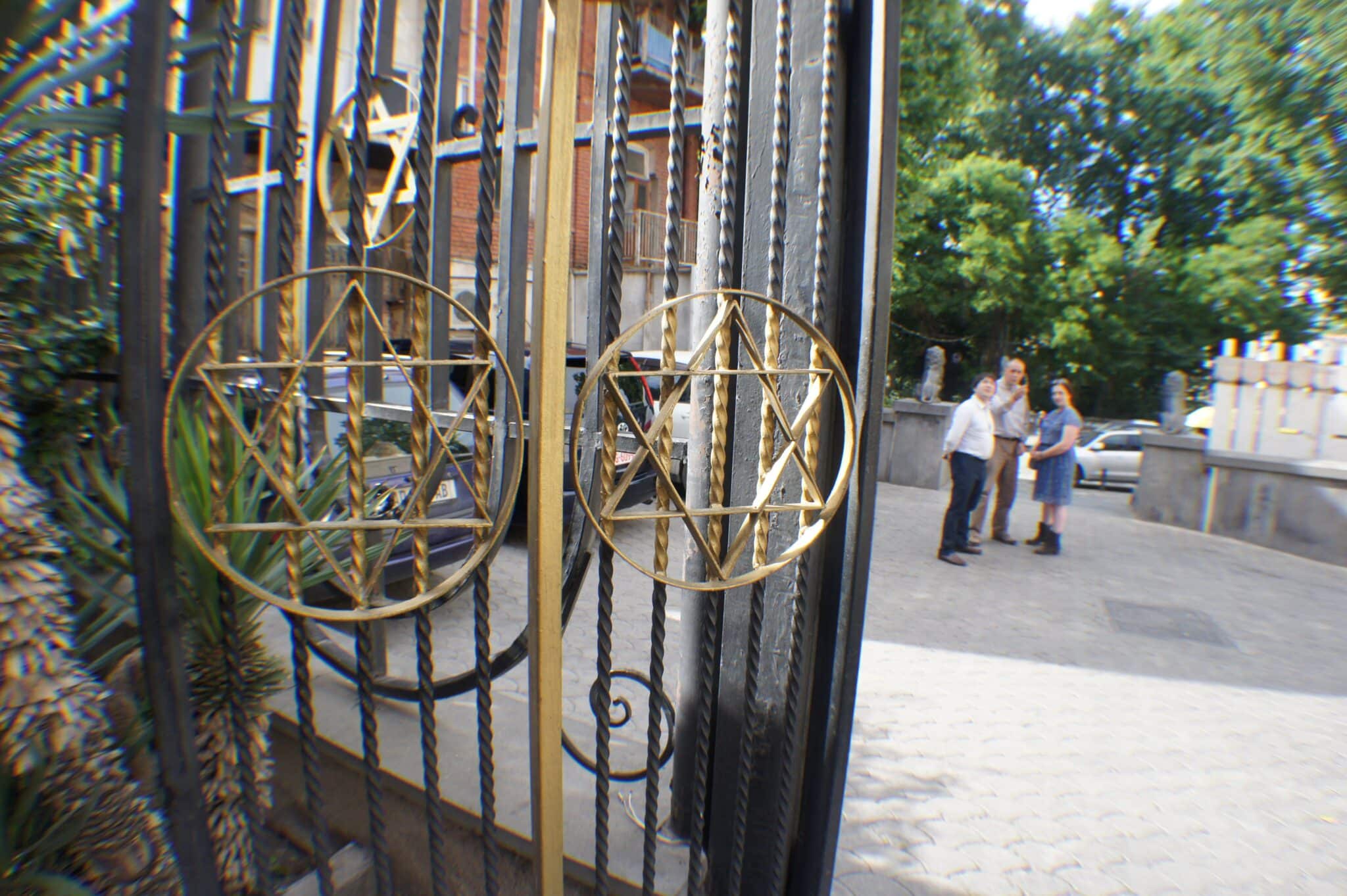
Jewish Georgia: A Brief History and Guide

